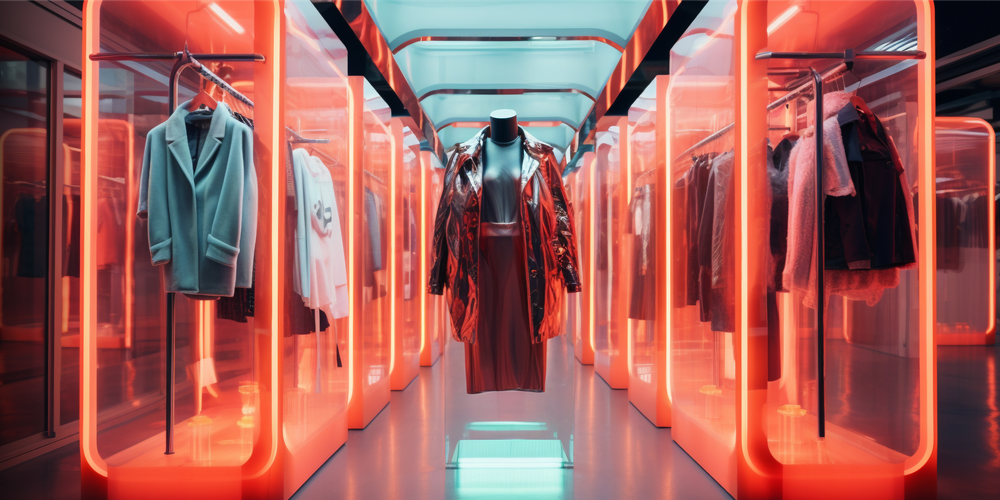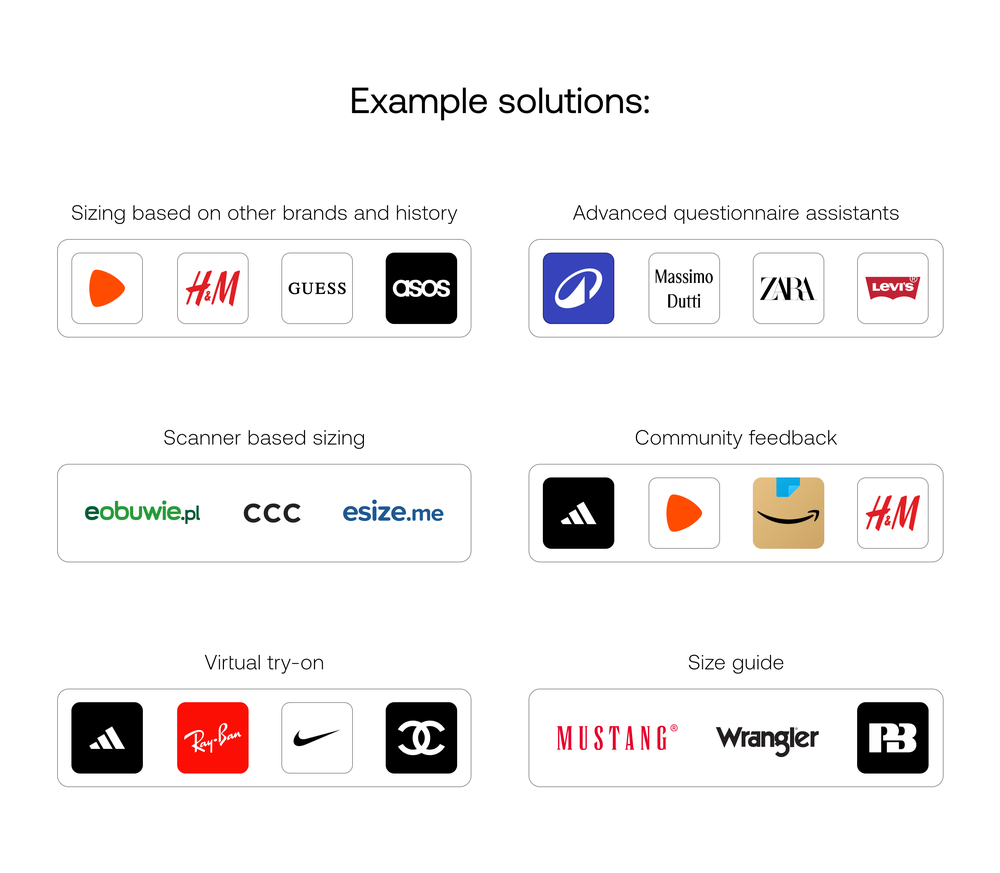
Clothing is the best-selling category in e-commerce. In 2024, up to 70% of European Union citizens bought clothing online. Despite its popularity, the e-commerce fashion industry faces the significant challenge of a huge number of returns.
According to Statista, the average rate of returns in e-commerce may amount to 30%, and in the case of clothing, the rate is even higher, often surpassing 50%. In practice, it means that every second bought product is returned to the store, which generates huge logistics costs for brands. Moreover, it also affects the costs pertaining to customer service, which in turn affects loyalty and satisfaction, as well as brand perception, through the lens of ESG and the generation of carbon footprint.
What is the main reason behind such a high return rate? The answer is simple: the wrong fit.

In contrast to shopping online, the undisputed benefit of brick and mortar shopping is that customers can try on specific clothing, helping them find the perfect fit. They can also touch the fabric and find the appropriate colors, which often leads to successful purchases with no returns in sight.
But how can we translate that experience into the digital world? It’s a huge challenge that can be met by size assist technologies, helpful in finding just the right product and fit.
Size assistants are technologically advanced tools that help users find the right fit for their clothing and footwear while shopping online. They work based on different methods – from past purchase history analysis and community feedback to solutions based on augmented reality (AR) and artificial intelligence (AI).
By analyzing the fashion apps available on the market, we can point out the most important types of size assistant solutions:

Technologies supporting size matching bring many benefits for both consumers and vendors. The most important ones include:

eSize.me
The Polish CCC group (eObuwie and CCC brands) introduced the eSize.me solution based on the Safesize technology in its store chains. It integrates the brick-and-mortar shopping experience with the online one by using a 3D foot scanner in stores. After the scan is complete, customers can save their data on their private user accounts. Based on the personalized information, eSize.me recommends the right fit for users’ footwear and integrates with the app while shopping online.
Zalando
Zalando, the European e-commerce leader, has been heavily investing in sizing tech solutions for years. Thanks to the implementation of advanced AI algorithms, which analyzes user data and their purchases, the Zalando application recommends the best sizes for specific users. Because of that, Zalando managed to lower the return rates, which in turn lowered the operational costs and increased customer satisfaction.
Moreover, in 2023, Zalando implemented an innovative feature that recommends the right clothing fits based on customer measurements, which are generated based on just two photos. The company’s ambition is to provide a fully personalized virtual change room experience with the exact 3D avatars in the future.
ASOS
ASOS is a British e-commerce giant that has been using solutions supporting proper fitting for many years. Its portfolio includes:
Thanks to such a comprehensive approach to size assistants, ASOS ensures a rather extensive customer experience and gains a competitive edge.

The e-commerce fashion arms race has started. Companies keep implementing the newest technologies to satisfy the needs of modern customers, who no longer have the patience to deal with return policies. The rising awareness of fashion’s influence on ecology also plays a big part in customers’ hesitance, leading to much more careful consideration of their orders.
To ensure customers are confident in their shopping decisions, companies should start investing in size assist technologies. Combined with phygital and multichannel experience, it can completely transform shopping habits while decreasing the generated carbon footprint. From the user’s perspective, that translates to easy and quick decisions, dispelling their doubts and inspiring loyalty.